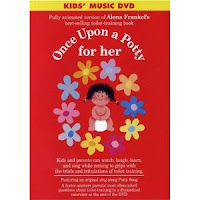Zootles Magazine is a bimonthly subscription published by Wildlife Education Limited. Six issues over a year period costs $29.95 or one can purchase a two year subscription which equals 12 issues for $49.95. Purchase of a subscription also includes access to www.zoobooks.com. The intended audience for this magazine are toddlers ranging in age from two to six.
This is an animal focused magazine that tends to promote young or baby animals to attract the attention of young children. Each issue focuses on a letter of the alphabet, the phonetic sound, and a particular number. Throughout the magazine are wonderful photographs, illustrated stories, games, and activities that are meant to be educational as well as stimulating. There is also reoccurring characters by the names of Otto and Allie who have a running storyline in every issue. The magazine also contains a pull-out section titled “Fun pages” that gives children added fun which features coloring pages and other activities.
Out of all of the animal magazines this magazine does have more to offer in the way of activities, educational applications, and content but is overpriced for a toddler based magazine.
Resources:
Zoobooks. (2010). Zootles Magazine. Retrieved from http://www.zoobooks.com













































